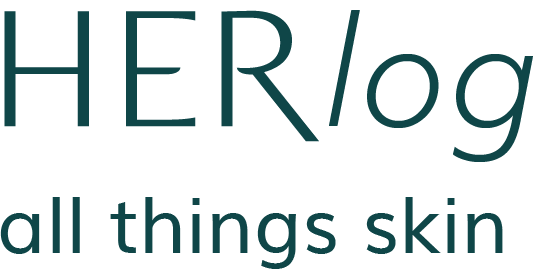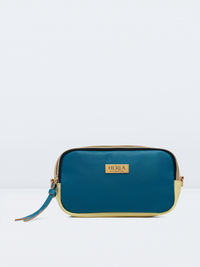From Shakespeare to Seal, the rose has been a symbol of beauty for centuries. Although roses have existed for 35 million years, the first human record of the flower dates back 5,000 years, referenced in Mesopotamian cuneiform texts.
While its popularity as a beauty ingredient has been revived in recent years, The Queen of Flowers has been treasured for its characteristics since ancient times. Used to soften, tone, and repair skin, the rose’s antibacterial, anti-inflammatory and antioxidant properties make it a favored ingredient for many beauty companies (ours included)! Inspired by our line of Damask Rose products, below is a brief (although not totally comprehensive) overview of the rose and its history, along with legends in cosmetics and skincare.
Ancient Rome and Ancient Egypt
Roses have long been a popular ingredient for both skincare and cosmetics. In Ancient Egypt rose oil was used as a perfume – and as an ingredient in the mummification process. Cleopatra VII identified herself with Isis, who was closely associated with roses, and used rosewater in her fountains and to bless her ships.
Ancient Romans were also big fans. Aside from decorating public space with roses for their fragrance, roses were used in a variety of forms for face masks, deodorant, eyeliner and blush. Both the Egyptians and the Romans believed that roses had aphrodisiac qualities as well, and would use rose petals en masse as a tool of seduction. (That tradition lives on today.)
Avicenna and Rosewater
Rosewater, which is distilled from the Damask Rose, is used today to tone, cleanse, and hydrate skin. This method of creating rosewater is generally credited to Avicenna (Ibn-I-Sina), a physician from the 11th century.
Avicenna believed in the healing properties of rosewater and its fragrance. His Canon of Medicine frequently mentions rosewater, either ingested or inhaled via steam, as a cure for various maladies relating to digestion, bad breath, and headaches.
The Middle Ages
Although Benedictine monks had been cultivating roses in the early Middle Ages, Europe’s interest in roses was rekindled after the Crusades, when knights would come back with tales of rose gardens and a few sample flowers. Soon flowers were exchanged between merchants, and scholars, and roses made their way into women’s beauty regimens.
The Trotula: A Medieval Compendium of Women’s Medicine, written by Trotula of Salerno, mentions the use of dried roses and rosewater in connection with clean hair and skincare for sunburns and freckles.
Nur Jahan and Attar of Roses
Rose oil, or attar of roses, is widely used as an essential oil for its perfumery, and can be used to relieve anxiety and reduce stress. Two of the biggest producers and suppliers of rose oil are Turkey and Bulgaria, together accounting for up to 90% of the global production. Yet, credit for the discovery/invention of rose oil goes to Nur Jahan, the 20th wife of Mogul Emperor Jahangir.
One legend is that Nur Jahan was bathing in warm water filled with roses when she noticed a fine oil sheen. It was fragrant, and she realized that the heat had broken down the oils from the rose petals. Another story states that Nur Jahan had ordered vats of rose water for a party; after falling asleep, she noticed “scum” in some of the jars of evaporated water. Intrigued, she rubbed the fragrant scum into her body, before running off to tell her husband of the discovery. Variations on the legend are told, but the basic elements remain the same, involving rosewater, heat, and Nur Jahan.
18th and 19th Century Beauty
As the rose and its by-products moved West, so did its relevance in skincare. The Regency and Victorian eras of beauty are known for their notoriously noxious products, with lead, mercury, and belladonna being used as ingredients. But flowers also made their way into products like cold creams, lotions, and face washes. An ad for Warren and Russer’s Milk of Roses in 1819, for example, claimed it will remove redness, sunburn, and freckles, keeping in line with the obsession of fair-skinned beauty.
Across the pond in the States, rosewater was actually used as a cooking and flavoring ingredient, until it was replaced by vanilla in the late 1800s. It wasn’t until the 1920s and 1930s, when cosmetics were on the rise, promoted in part by Hollywood stars, that the makeup industry took off. The rose became a staple in cosmetics, whether in scent or color inspiration.
Modern-Day Use
Rose oil and rose water have had an even more recent resurgence in the beauty scene, in part due to the organic and natural beauty movement. Starting in the 1980s and spearheaded by activists and eco-friendly brands, the idea was to move away from chemical and synthetic ingredients and towards cleaner, natural ingredients.
At HERLA we’re dedicated to keeping that thought alive. What better way to embrace natural beauty with one of nature’s most iconic flowers?








